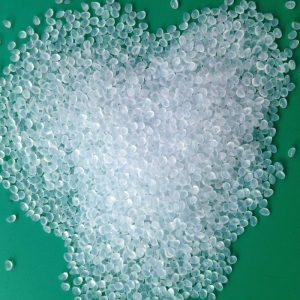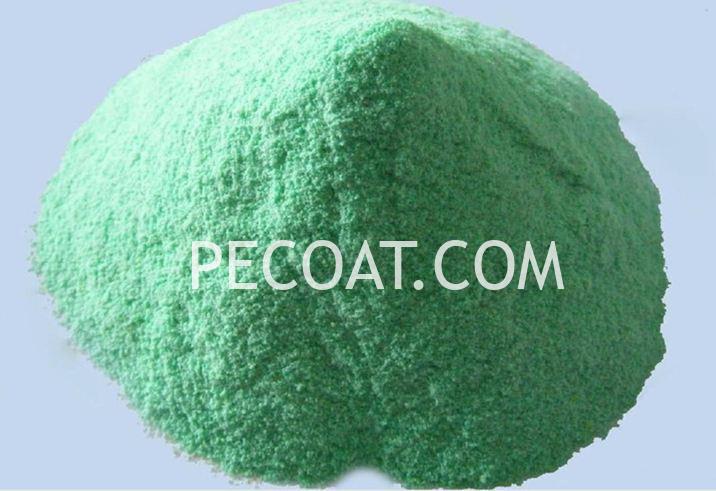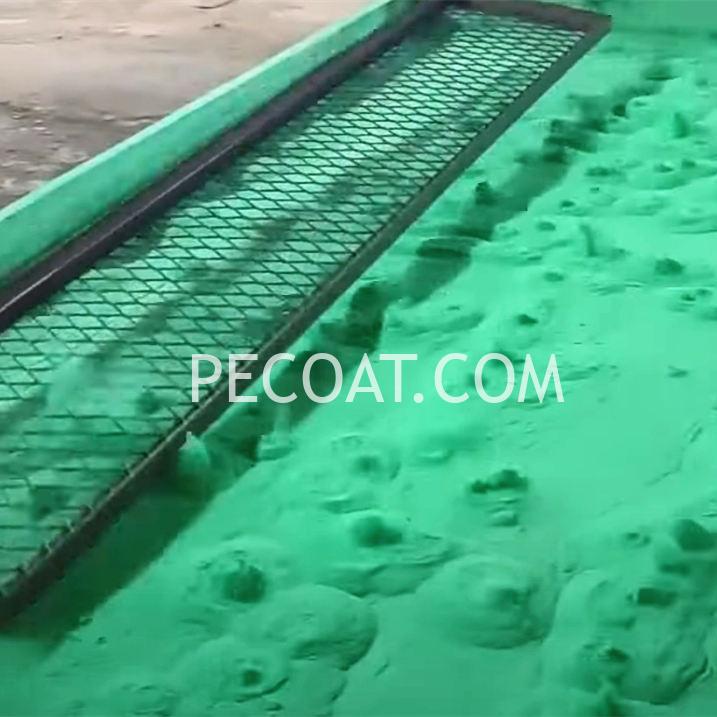What is the difference between LDPE and PE?

LDPE vs. PE: Understanding the Key Differences in Properties and Applications
Polyethylene (PE) is a versatile plastic material with a wide range of applications. However, there are different types of PE, each with its own unique properties and uses. Two common types are low-density polyethylene (LDPE) and polyethylene (PE).
1.Properties
LDPE is characterized by its low density, flexibility, and toughness. It has a high degree of crystallinity, which gives it a waxy appearance and makes it resistant to chemicals and moisture. PE, on the other hand, is denser and stronger than LDPE. It is also more rigid and has a higher melting point.
2.Applications
The different properties of LDPE and PE lead to their use in different applications. LDPE is commonly used in packaging films, plastic bags, and squeeze bottles due to its flexibility and resistance to chemicals. It is also used in electrical insulation and wire coatings.
PE is used in a wider range of applications, including pipes, bottles, toys, and automotive parts. Its strength and rigidity make it suitable for structural applications, while its resistance to chemicals and moisture makes it ideal for use in containers and packaging.
3.Processing
LDPE and PE can be processed using a variety of methods, including extrusion, injection molding, and blow molding. However, the processing conditions for each type of PE are different. LDPE requires lower processing temperatures and pressures than PE, and it can be processed more quickly.
4.Environmental Considerations
Both LDPE and PE are recyclable, but their environmental impact varies. LDPE is more easily recycled than PE, and it has a lower carbon footprint. However, both types of PE can contribute to plastic pollution if they are not properly disposed of.
5.Conclusion
LDPE and PE are two important types of polyethylene with distinct properties and applications. LDPE is characterized by its low density, flexibility, and toughness, while PE is denser, stronger, and more rigid. These differences make each type of PE suitable for different applications, from packaging to structural components. Understanding the key differences between LDPE and PE is essential for selecting the right material for a specific application.

Comparing LDPE and PE: A Comprehensive Guide to Material Characteristics
Low-density polyethylene (LDPE) and polyethylene (PE) are two widely used plastic materials with distinct properties and applications. Understanding their differences is crucial for selecting the appropriate material for specific requirements.
1.Molecular Structure and Density
LDPE and PE share the same chemical composition (C2H4)n, but differ in their molecular structure. LDPE has a branched molecular structure, while PE has a linear or slightly branched structure. This difference in branching affects the density of the materials, with LDPE having a lower density (0.91-0.94 g/cm3) than PE (0.94-0.97 g/cm3).
2.Mechanical Properties
The molecular structure also influences the mechanical properties of LDPE and PE. LDPE is more flexible and ductile than PE due to its branched structure, which allows for greater chain movement. PE, on the other hand, is stiffer and stronger, particularly in the linear form.
3.Thermal Properties
LDPE has a lower melting point (110-120°C) and a higher glass transition temperature (Tg) (-120°C) compared to PE. This means that LDPE becomes soft and pliable at lower temperatures, while PE remains rigid until higher temperatures.
4.Chemical Resistance
Both LDPE and PE exhibit excellent chemical resistance to most acids, bases, and solvents. However, LDPE is slightly more resistant to certain chemicals, such as chlorine and oxidizing agents.
5.Applications
The distinct properties of LDPE and PE make them suitable for a wide range of applications. LDPE is commonly used in flexible packaging, films, and bags due to its flexibility and low density. PE, particularly linear PE (LLDPE and HDPE), is used in applications requiring higher strength and rigidity, such as pipes, bottles, and automotive parts.
6.Conclusion
LDPE and PE are versatile plastic materials with unique characteristics that determine their suitability for specific applications. LDPE offers flexibility and low density, while PE provides strength and rigidity. Understanding the differences between these materials is essential for selecting the optimal material for a given purpose, ensuring optimal performance and durability.

LDPE vs. PE: A Detailed Analysis of Performance and Cost Considerations
Low-density polyethylene (LDPE) and polyethylene (PE) are two widely used plastic materials with distinct properties and applications. Understanding their differences is crucial for selecting the optimal material for specific requirements.
1.Composition and Structure
LDPE is a branched polymer, meaning its molecular chains have side branches. This branching reduces the density and crystallinity of LDPE compared to PE. PE, on the other hand, is a linear polymer with minimal branching, resulting in a higher density and crystallinity.
2.Properties
The branching in LDPE imparts flexibility, toughness, and impact resistance. It is also more transparent and has a lower melting point than PE. PE, with its linear structure, exhibits higher strength, stiffness, and hardness. It is also more opaque and has a higher melting point.
3.Applications
LDPE’s flexibility and impact resistance make it suitable for applications such as packaging films, bags, and toys. Its transparency allows for clear packaging, while its low melting point facilitates heat sealing. PE, with its strength and stiffness, is used in applications such as pipes, bottles, and automotive parts. Its higher melting point ensures dimensional stability at elevated temperatures.
4.Cost Considerations
LDPE is generally more expensive than PE due to its more complex production process. However, its flexibility and impact resistance may justify the higher cost for certain applications. PE, with its lower cost and higher strength, is often preferred for applications where these properties are critical.
5.Environmental Considerations
Both LDPE and PE are recyclable, but their recycling rates vary. LDPE has a higher recycling rate due to its widespread use in packaging. However, the presence of side branches in LDPE can make it more challenging to recycle than PE.
6.Conclusion
LDPE and PE are versatile plastic materials with distinct properties and applications. LDPE offers flexibility, toughness, and transparency, while PE provides strength, stiffness, and hardness. The choice between these materials depends on the specific requirements of the application, considering performance, cost, and environmental factors. By understanding the differences between LDPE and PE, engineers and designers can optimize material selection for optimal performance and cost-effectiveness.
